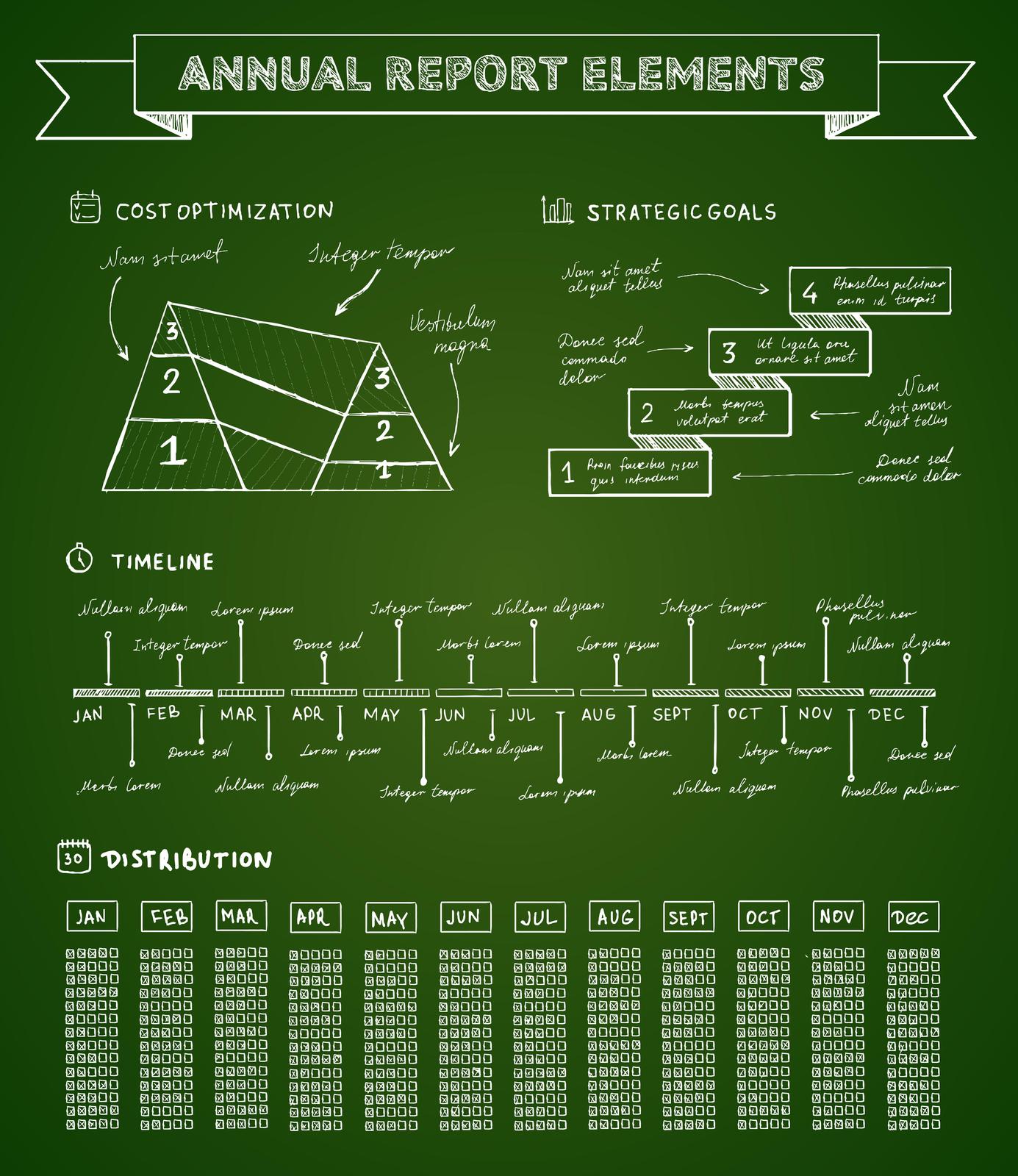
If you’re looking to launch and manage a loyalty program for your local business, you’ve come to the right place. In this blog post, we’ll cover some of the best practices for launching and managing a loyalty program, which includes establishing clear goals. We’ll also examine launch strategies for your loyalty program and tactics for fostering customer loyalty. By the end of this post, you should have a more thorough understanding of how to successfully launch and manage a loyalty program for your business.






